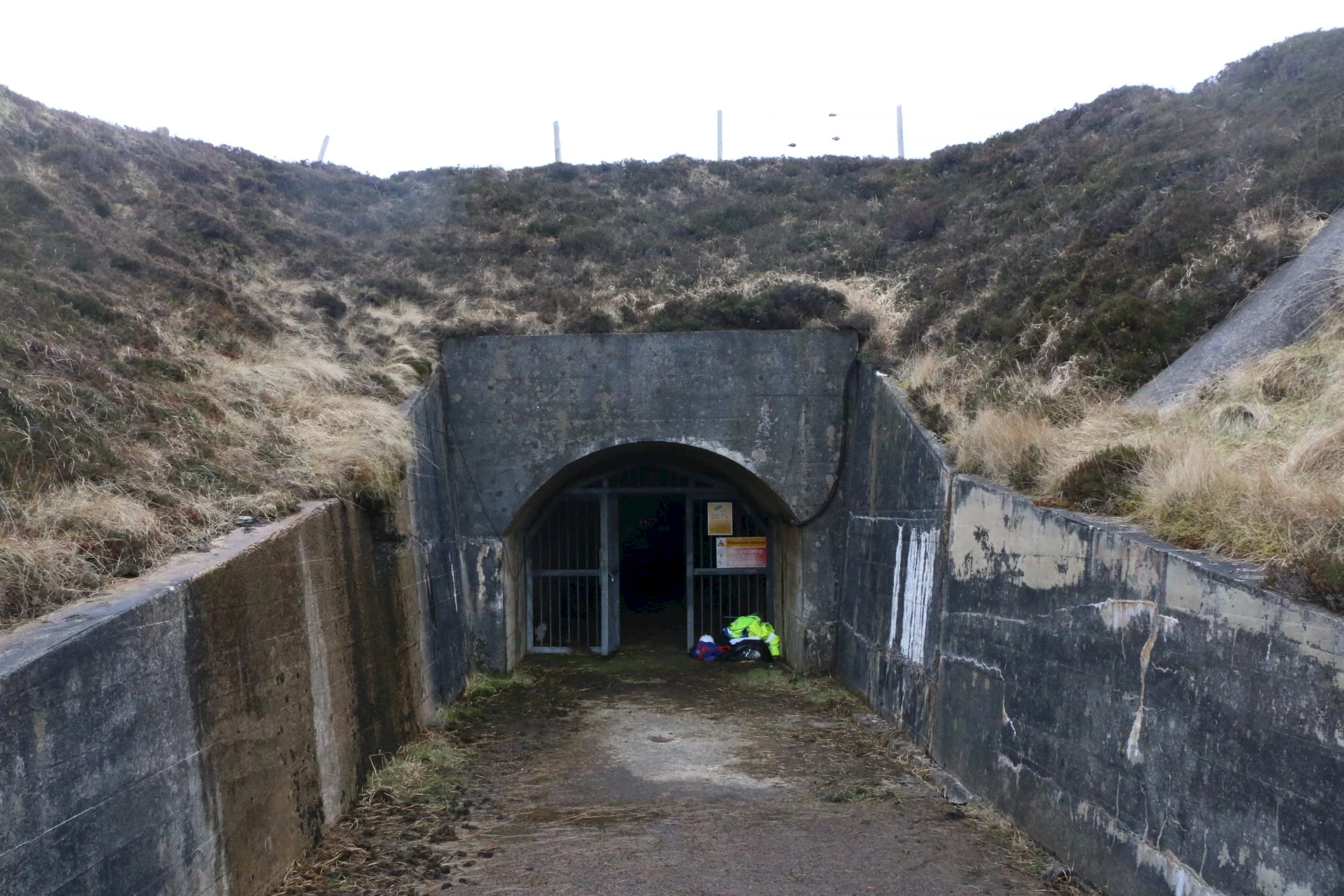They are part of the largest structure in Orkney, dwarfing St Magnus Cathedral by quite some distance.
They took hundreds of men five years to complete in one of the biggest building projects in Orcadian history.
And, even more surprisingly, you can’t see them.
They are almost completely underground.

The World War Two oil tanks above the former Royal Navy base at Lyness in Hoy are the result of one of the greatest feats of engineering ever seen in the islands. Now they could be brought back in use if an innovative new project is given the go ahead.
Arriving on the ferry at Lyness, evidence of Orkney’s wartime past is all around you. The fascinating Scapa Flow Visitor Centre and Museum and its old propellers, torpedoes and anti-aircraft guns greets you, with crumbling military buildings nearby and across the bay.
Up on Wee Fea hill, the remains of a former communications base loom large over the area. But look closer and you’ll also see the beginnings of something else, something much more significant.
An opening, cut halfway up the hill, leads to a locked gate. Standing there, peering into a pitch black tunnel, it’s hard to imagine quite what lies deeper inside. The concrete access tunnel to the oil tanks is hundreds of metres long and it’s in incredible condition, testament to the men from around the world, including the UK, Ireland and Norway, that began building work in 1938, using a mixture of manual and explosive excavation.
For us, the locked gate was quickly opened, as we were lucky enough to be given a tour of the structure as part of an engineering inspection of access ladders, ahead of more in-depth studies to come. The first thing you notice as you pass through and head towards the heart of the hill is the strong smell of fuel oil. After Lyness closed as a naval base in 1957, the tanks were kept in civilian use for a further twenty years.
Looking back as you venture on, the sharp circle of light marking the entrance to the tunnel becomes a distant dot, with just the echo of our footsteps filling the still, fume-scented air.
Deeper into the darkness, you eventually reach the tanks themselves, encased behind thick concrete walls.

There are six in total, capable of holding more than 130 million litres of fuel. They were built into the hill for protection from air raids and supplied British and Allied warships stationed in the great natural harbour of Scapa Flow.
They aren’t shaped like you’d imagine, though. They’re only nine metres wide, but most are 237m long, burrowed even further into the hill. The entire site, including access tunnels and the tanks, is effectively the size of the centre of Kirkwall. It’s hard to get your head around the scale of it all.
The location of each tank is marked by a tall ladder that leads to a viewing platform overlooking the tank itself. It’s these ladders, installed more than seventy years ago, that were being inspected during our visit.
Proposals to bring the tanks back into industrial use have been discussed in the past. They were sold to Orkney Islands Council in 1980 and a handful of potential developers have come and gone over the years.
Now the local authority has signed an agreement with Scapa Flow Asset Management Limited to provide access for initial feasibility studies, with the potential plan being to bring the tanks back into use as a storage and distribution base for low sulphur marine gas oil.
There is a long way to go, though. They haven’t been used commercially for more than half a century, and despite the high quality of workmanship, they are still more than seven decades old. But the initial investigations have been positive. Coupled with the storage space and strategic location, right at the centre of Scapa Flow, they could be a perfectly-placed asset.
Even if the tanks aren’t brought back to life as a commercial enterprise, there are already thoughts as to how this unique site could be used.
They could possibly be opened up so more people can take the long walk into Wee Fea hill, to marvel at the construction of one of Orkney’s most impressive, and secret, structures.
Find out more about the island of Hoy. Plan your trip via the Orkney Ferries website.
The Digital Media Orkney project is being part financed by the Scottish Government and the European Community Orkney LEADER 2014–2020 Programme.





